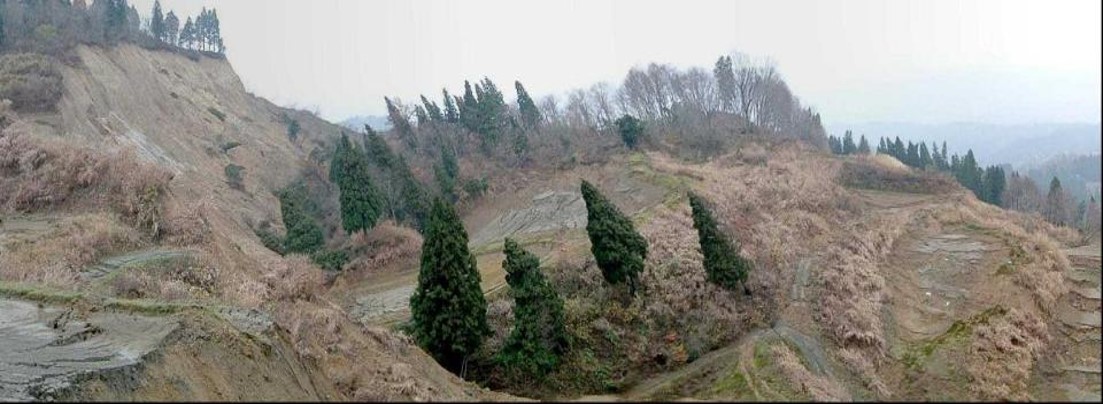As the extreme climates increase, more and more natural hazards occurred at Asia in the last several decades. Due to the geological and hydro-metrological conditions, Asia is the most prone to sediment hazards in the world. Extremely heavy rainfall and large-scale sediment disasters occurred at the southern Taiwan on August 8, 2009, more than 400 people died in the flood and debris flow. Due to heavy rainfall, large scale debris flow occurred in Zhouqu County, Gansu Province, China buried two villages and caused 1765 death and missing on Aug 8, 2010. In the same year, heavy rainfall attacked Southeast Asia and South Asia; thousands of people died in the flood, landslides and debris flows induced by the rainfall, millions of people lost their residences. In September 2011, more than 80 people died because of flood and debris flow in Thailand. In August 2014, more than 170 people died due to a massive landslide in the eastern Nepal. In June of consecutive two years, 2017 and 2018, a wide range of western part of Japan was suffered by heavy rainfalls and numerous landslides, debris flows took place. In September 2018, an inland earthquake struck Hokkaido and triggered massive landslides. So, the knowledge sharing and technology development for coping with such natural disaster is significantly important.
"Multimodal Sediment Disasters Network"
The MSD-Network (Multimodal Sediment Disaster Network) aims to disseminate outcomes of research and education activities on sediment-related disasters through partnerships and knowledge sharing among the members. The MSD-Network is now composed of scientists and engineers from Indonesia, Japan, Nepal, and Taiwan, as well as Bhutan.
Those countries have been suffered from terrible sediment disasters in common, because of their similarity of geology and meteorology. Huge earthquake, heavy rainfall, and volcano eruption have brought serious damages and sometimes triggered multimodal sediment disasters. For instance, heavy rainfall by Typhoon Talas caused various types of sediment disasters such as landslide, debris flow, and landslide dam in Kii-Peninsula, Japan in 2011. Typhoon Morakot also caused huge sediment disasters Taiwan. Volcanic eruption of Mt. Merapi enhanced compound risks with volcanic, sediment and flood disasters. Against such huge sediment disasters, we discussed on the importance of international corroborations of researchers with different majors and organizing a collaboration group for contributing countermeasures.
The 1st workshop on multimodal sediment disasters was held in March 2010 in Yogyakarta, Indonesia. Since then, 2nd workshop in October 2011 in Tainan, Taiwan, 3rd workshop in September 2012 in Hodaka, Japan, 4th workshop in September 2013 in Yogyakarta, Indonesia again, 5th workshop in October 2014 in Tainan, Taiwan again, a special workshop in March 2016 in Tsukuba, Japan, 6th workshop co-hosted by the ANDF in November 2016 in Kyoto, Japan, 7th workshop in November 2017 in Kathmandu, Nepal and 8th workshop in January 2019 in Solo, Indonesia, 9th workshop in October 2019 in Mie, Japan, online workshop in October 2020 and January 2021, online and face to face hybrid workshop “eMSD 2022” in January 2023 in Tainan, Taiwan, 10th workshop co-hosted by the HATHI Bangka Belitung workshop in July 2023 in Pangkalpinang, Indonesia, have been held every year in different countries, and the network is gradually growing.
